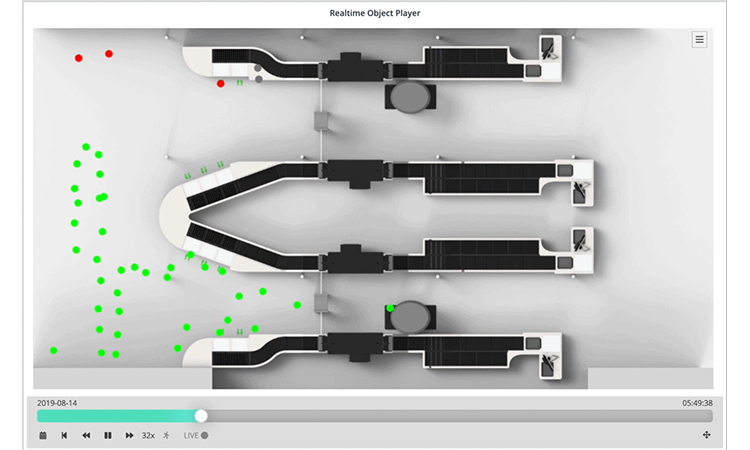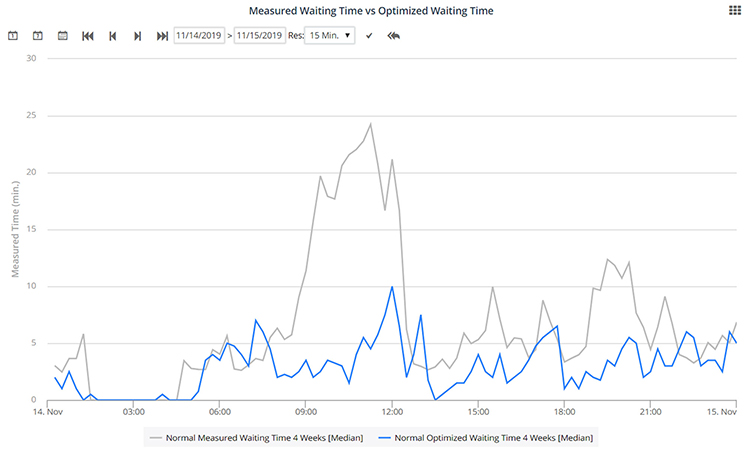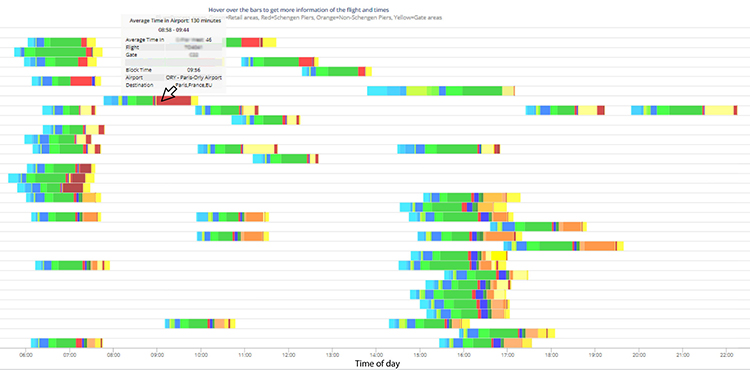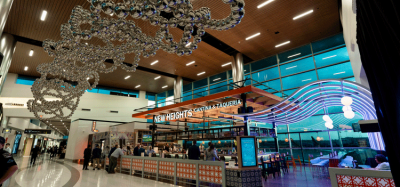Five quick wins for improving airport queue, occupancy and flow efficiency
- Like
- Digg
- Del
- Tumblr
- VKontakte
- Buffer
- Love This
- Odnoklassniki
- Meneame
- Blogger
- Amazon
- Yahoo Mail
- Gmail
- AOL
- Newsvine
- HackerNews
- Evernote
- MySpace
- Mail.ru
- Viadeo
- Line
- Comments
- Yummly
- SMS
- Viber
- Telegram
- Subscribe
- Skype
- Facebook Messenger
- Kakao
- LiveJournal
- Yammer
- Edgar
- Fintel
- Mix
- Instapaper
- Copy Link
Posted: 5 December 2019 | Veovo | No comments yet
Airport queues – nobody likes them, least of all passengers who are running late. Fortunately, with regulators across the world increasingly stipulating the use of queue measurement systems to inform passengers of wait times, the guesswork and stress associated with standing in line are diminished.


According to SITA’s 2019 IT survey, 77 per cent of airports are now implementing, or have already rolled out, queue measurement and wait-time displays – which is good news for all of us.
However, communicating wait times to anxious passengers is only the beginning. 3D cameras and people-counting sensors that show dots moving through a line and heat maps where crowds gather are undoubtedly visually helpful. But, it’s what you do with that data, and how you respond to it, that counts.


Scores of airports are now mining deeper insights from their queue data to improve operational planning decisions – such as where and how to deploy their staff, and dynamically increase the capacity of their check-in, security and immigration processes.
If you already measure your processing times, here are some quick tips on how to turn your dots and data into smarter decisions that transform your passenger experience and elevate efficiency.
#1 Learn from your best crew
Often there can be very different levels of processing efficiency across lanes. It can be challenging to tell why – it could be anything from employees’ positioning, experience or customer service style, to additional screening requirements, staff rotations or personnel combinations – or any combination of these.
To understand why one processing line is more efficient than another, use queue analysis together with on-site observations to independently evaluate your checkpoint performance. Airports that have done so have typically gained a 20-30 per cent efficiency boost by replicating good practices across each line.
#2 Predict future bottlenecks
While real-time data is useful, adjusting staffing when a bottleneck is actively building is already too late. Real efficiency boosts occur when airports can accurately forecast passenger arrival, dwell times and movement paths, and create robust resourcing plans around this. Because every change to an existing plan can cause a drop in performance, a good plan will minimise the number of changes required during the day, leading to better performance.
Airports like Birmingham International have found that, by forecasting arrival lead curves on a highly granular basis, they gained 10 per cent performance improvements year on year, despite significant passenger number growth.
#3 Automate dispatch in peak periods
A security or immigration hall often deploys a dispatcher during peak times, directing people towards the next available line, or funnelling queues to spread the load.
Consider automating dispatch by creating rules and recommendations based on real-time analysis of queue times and movement data. You can also display directional recommendations ahead of lines, by integrating with operational flight data, to give advice (Go to lane 5, for example) in languages that are most likely to match the profiles of your arriving passengers.
A mid-sized European airport, with two full-time dispatchers a day, can save €150,000 in the first year alone by automating this process.
#4 Allow for staff self-rostering
By combining arrival forecasts with staff self-rostering, further efficiency gains can be obtained. This allows teams to evaluate the forecast and adjust their daily roster themselves, to cope with projected peaks. For example, they may choose to shift their break by 10 minutes or rotate at a different frequency during busy periods.
The grey line below shows the wait time profile of a queue with no predictive recommendations or adjustments to rostering. The blue line shows the improvements experienced when the same staff adjusted their rosters to cope with daily show-up forecasts.


#5 Take a journey-centric perspective
A common next step for those already managing queues is to consider airport-wide flow management. This is perhaps more complex than a quick win, but delivers a significant step-up in customer experience and is one of the best ways to maximise airport efficiency and revenue.
Airports are finding that, when they consider processes in isolation, diverting bottlenecks in one area can end up just shifting them further along the line. Instead, by mapping end-to-end movement, and meshing it with road-traffic, flight and concession data, airports can supercharge their insight, to discover meaningful patterns and drive optimal action.
A European airport recently discovered a few surprises after it embarked on linking passenger flow to flight data. Besides being able to predict when and where lengthy gate dwell times were likely to occur, they identified that passengers on specific carriers typically arrived at the gate 60 minutes before boarding, spending little time in concessions. With these insights, the airport could both extend offerings and services in gate piers to match passenger behaviour, as well as adjust the call to gate times to minimise crowding.
Each bar below shows the total average time spent per area and flight. Green bars = time spent in concession areas. Red/Orange/yellow bars = time spent at the pier/gate. Blue bars = time spent in processing point.


Queue wait-time displays are only one piece of the puzzle
Communicating wait times is an excellent starting point for improved customer experience – however, they are not the end game. Flow forecasts, together with performance evaluations and automation, not only allow for optimised capacity and reduced bottlenecks at pinch points but, done well, can improve operational, financial and capacity planning decisions.
Once you know, you can act in confidence. For busy airports, that is making all the difference.
Related topics
Capacity, Information technology (IT), Passenger experience and seamless travel, Terminal operations


















